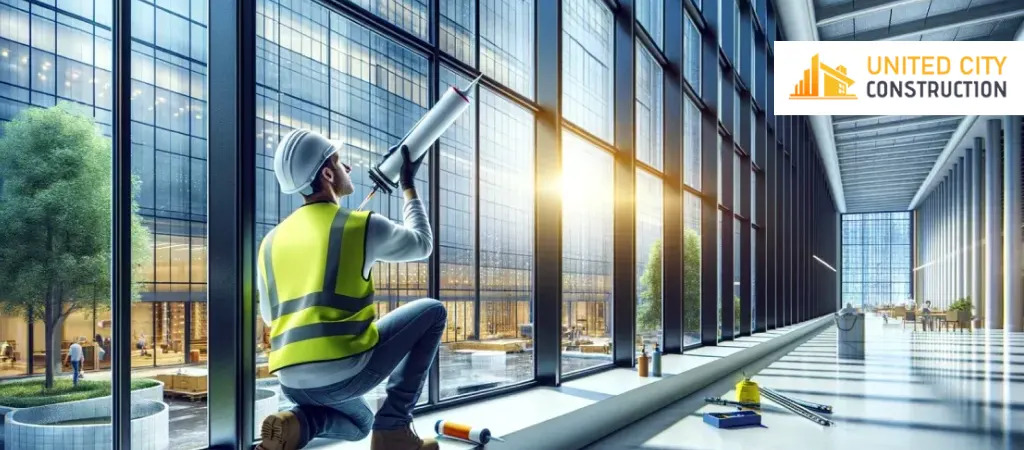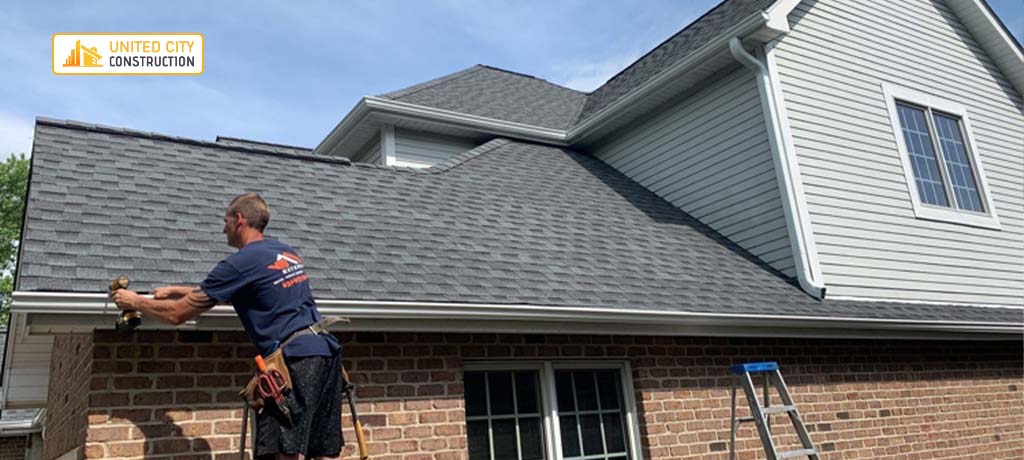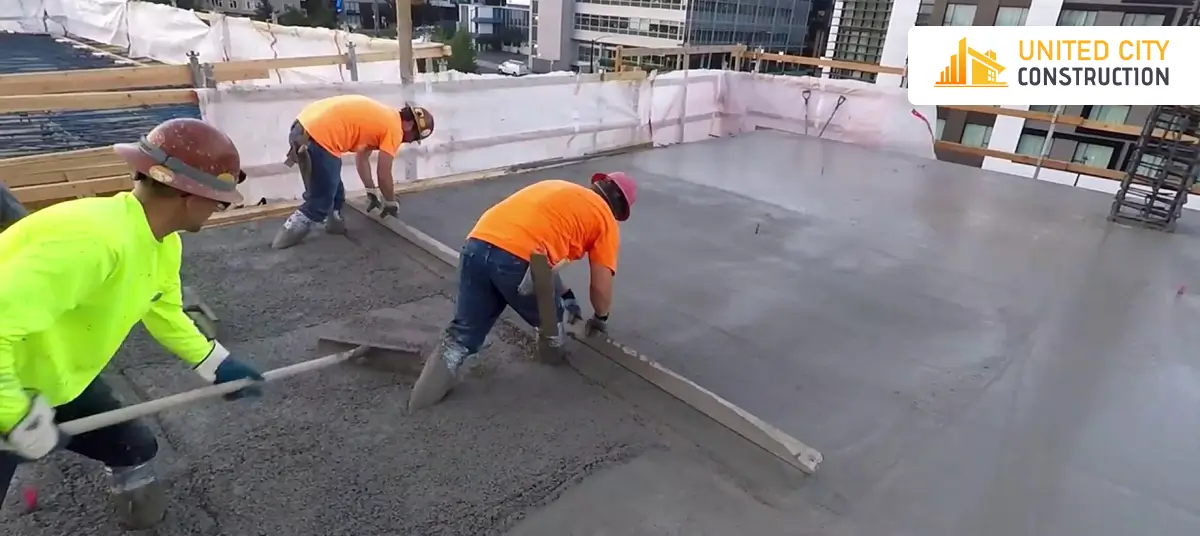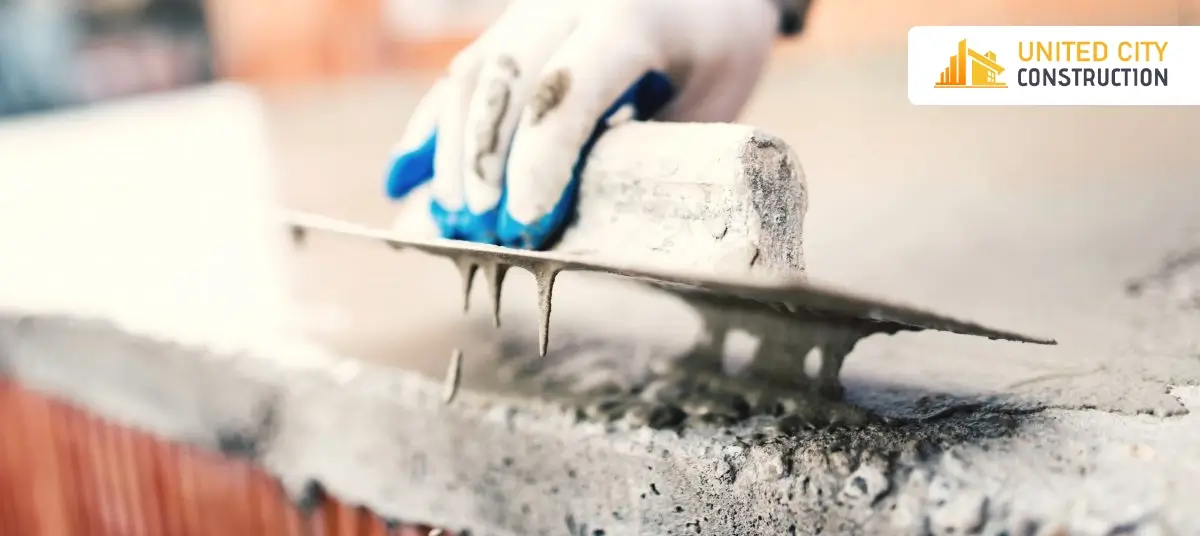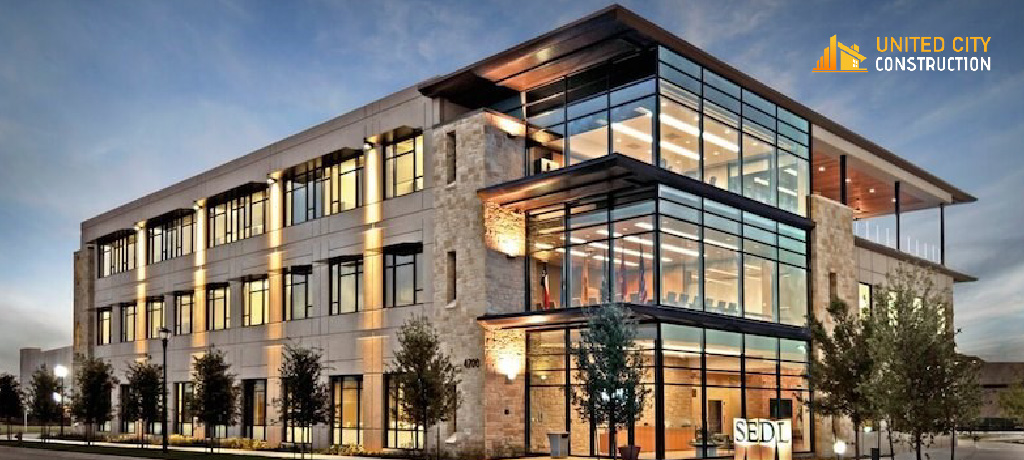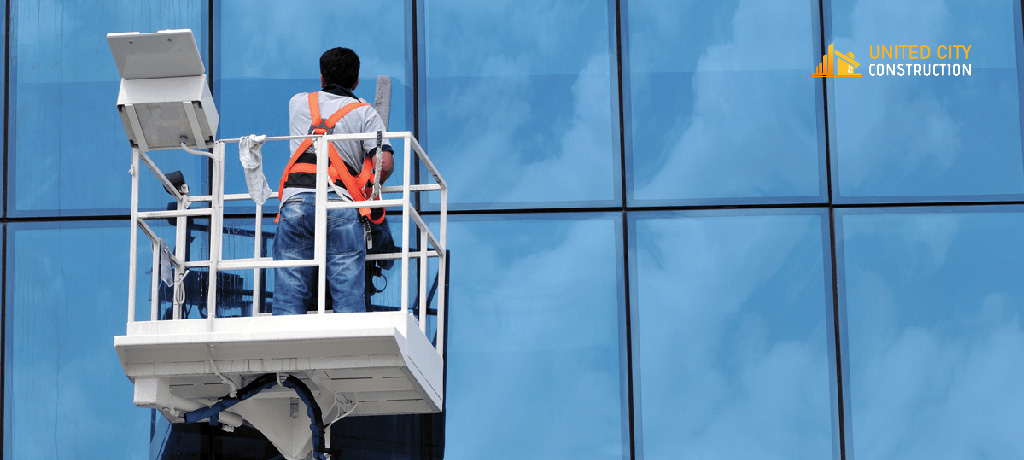Reactive Vs Proactive Maintenance of Commercial Buildings
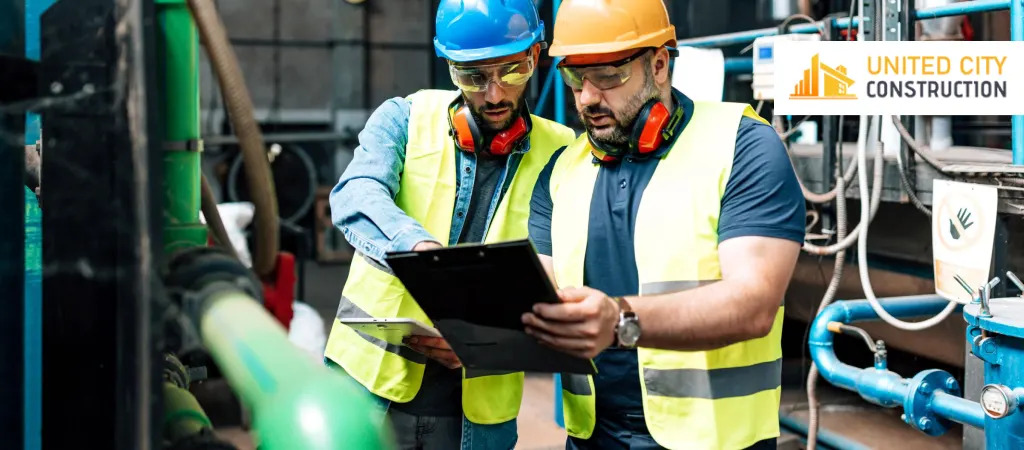
Maintaining a commercial building in Queens requires a well-thought-out maintenance strategy. The success of your maintenance strategy is at the core of asset management. It's a borough known for its diverse architecture, high foot traffic, and changing climate. Property owners and facility managers often find themselves at a crossroads, deciding between reactive maintenance and proactive maintenance. Maintenance strategies of commercial contractors in NYC are taking a reactive vs. a proactive approach that can determine the organization's fate from an operational efficiency and bottom-line perspective.
In the world of machinery, infrastructure, and technology, breakdowns are not just inevitable but highly disturbing and costly. There is a critical difference between reactive and proactive maintenance approaches, and each approach has different effects on asset performance.
Reactive Maintenance
Reactive maintenance is a mode of asset management that takes action only after a breakdown or malfunction that has already occurred. Reactive maintenance centers around addressing issues as they arise, often in a hurried, unplanned manner. Reactive maintenance is characterized by a "fix-on-failure" principle and lacks the foresight to inspect problems. This makes the business reliant on immediate action following a breakdown. This maintenance strategy of commercial buildings tends to result in higher downtimes, increased repair costs, and a raise the risk of unforeseen operational disruptions, making it a less cost-effective and efficient choice for organizations seeking to maintain special asset performance.
Proactive Maintenance
Proactive maintenance is a preventive approach to asset management that aims to prevent critical equipment failures before they happen. By systematically conducting routine inspections, predictive analytics, and timely servicing, proactive maintenance identifies potential issues in advance that help organizations to intervene before problems escalate into breakdowns. This method not only lessens downtime and reduces repair expenses but also enhances overall operational efficiency and makes it a preferred strategy for enterprises looking to uphold continuous and cost-effective functionality.
Key Difference Between Reactive and Proactive Maintenance
Choosing between reactive and proactive maintenance strategies of commercial buildings in NyC can spell the difference between chaos and control. These approaches stand on opposite ends of the spectrum when it comes to timing and impact.
Cost
Reactive maintenance appears to be cheaper at first, however, it ends up being more expensive in the long term. This is because it can lead to emergency repairs, costs from downtime when things aren't working, and even damage to the equipment that could have been prevented with regular maintenance.
Even though proactive maintenance requires an initial investment, it has the potential to save a lot of money in the long run. By stopping big breakdowns before they happen, businesses can avoid expensive emergency repairs and save costly periods of downtime. Moreover, companies can benefit from proactive maintenance software. These systems create regular maintenance checklists and help to coordinate company-wide maintenance schedules.
Asset Performance
Reactive maintenance often decreases performance due to late repairs and unresolved issues. This negligence of immediate attention can lead to exacerbated problems resulting in reduced operational efficiency and potentially increased risk of breakdown.
Proactive maintenance ensures equipment operates at its optimal level, guaranteeing efficiency and maintaining consistent output through timely inspections, preventive actions, and addressing potential issues before they escalate. It ensures all equipment is performing according to the manufacturer and consumer specifications.
Timing
Reactive maintenance starts after equipment breaks down, which means it's done as a response to a problem. That is why the main disadvantages of reactive maintenance are unexpected downtime and higher costs for repairs.
Proactive maintenance is all about planning ahead. It works on a set schedule and involves regular check-ups and preventive actions to stop equipment from breaking down before it even happens. By doing this, it helps to avoid unexpected problems and keeps things running smoothly.
Strategy & Resources
Reactive maintenance involves minimal planning, and resources are allocated on an ad-hoc basis as issues arise. This is a less organized and often rushed approach to addressing equipment problems.
Proactive maintenance demands complete planning, deliberate resource allocation, and establishing a well-structured plan for preventative maintenance, ensuring a systematic and strategic approach to keeping equipment in optimal working condition.
How to move from a reactive to proactive maintenance strategy
Embracing a proactive maintenance strategy can bring a huge change in the landscape of asset management, introducing significant improvements in operational efficiency and substantial cost reductions. A proactive maintenance approach requires careful planning and consistent preventive measures.
1. Conduct a Maintenance Audit
Creating an effective proactive maintenance strategy starts with a complete evaluation of current maintenance of commercial buildings in Queens.This includes identifying areas where reactive maintenance sway and learning the consequences of unplanned downtime and emergency fixes on the large working landscape, and its effects on budget allocation.
At this stage, defining maintenance key performance indicators is crucial. Organizations should clarify their proactive maintenance goals, whether it's minimizing downtime, enhancing asset lifespans, or optimizing maintenance expenses. By aligning the strategy with clear objectives, organizations can change their approach to yield tangible and strategic benefits, paving the way for long term success.
2. Prioritize Critical Assets
By pinpointing the most critical assets within the building,professional contractors can prioritize proactive maintenance practices on the assets that apply the most substantial influence on day-to-day operations. By focusing efforts on these pivotal assets, you know the proactive strategy effectively maximizes operational efficiency and minimizes potential disruptions, laying a solid foundation for the broader maintenance plan.
3. Utilaizing the Right Technology
Investing in technology like a Computerized Maintenance Management System such as Asset Essentials, can streamline your proactive maintenance strategy. Commercial buildings in NYC can take advantage from the features that designed to simplify the proactive maintenance process:
- Asset Tracking: Easily classify and monitor all your assets in one centralized system
- Work Order Management: Create, assign, and track maintenance tasks efficiently
- Predictive Maintenance: Utilize data analytics to forecast potential issues and plan preventive actions
- Maintenance Scheduling: Set up automated maintenance schedules to ensure timely upkeep
- Mobile Accessibility: Access the CMMS from mobile devices, enabling real-time updates and communication
- Reporting and Analytics: Generate insightful reports on asset performance, maintenance trends, and costs
4. Train and Engage the Maintenance Team
The success of a proactive maintenance strategy hinges on a well-informed and professional maintenance team. A comprehensive training and education program will make sure your team works with the new procedures and processes. A culture of collaboration and continuous improvement ensures a smoother implementation and fortifies the team's ability to effectively carry out their roles, contributing to the organization's sustained efficiency and success.
Final Thoughts
In the dynamic landscape of commercial building management, especially in urban areas like Queens, choosing the right maintenance strategy can impact long-term performance and profitability. While reactive maintenance might seem like a cost-effective choice, its long-term implications, frequent breakdowns make it an inefficient choice. On the other hand, proactive maintenance of commercial buildings stands out as the superior choice for businesses aiming to ensure reliability, reduce long-term costs, and enhance asset longevity. By embracing effective maintenance strategies property owners can mitigate risks and maintain operational consistency.
Commercial contractors in NYC are increasingly adopting proactive maintenance strategies, recognizing that planning and prevention are not just best practices, they are compulsory for thriving in a competitive environment.
Choose United City Construction for maintenance of commercial buildings in the future. Contact us today for comprehensive solutions, from expert inspections to preventative measures and swift emergency response. Secure your buildings with United City Construction and enjoy peace of mind for years.


